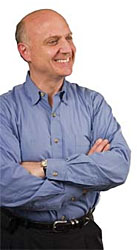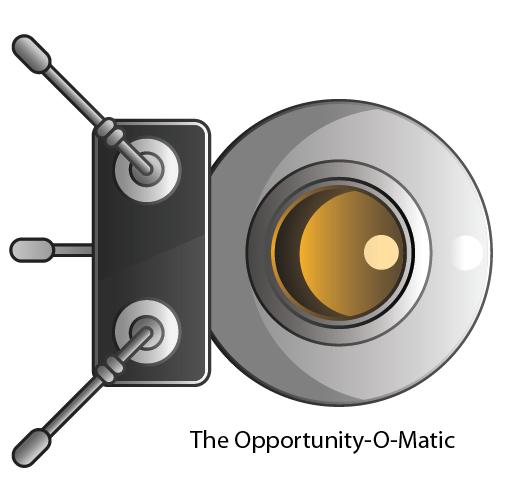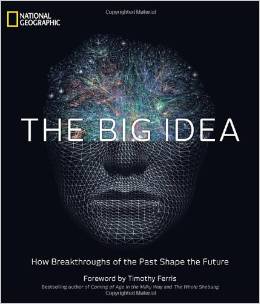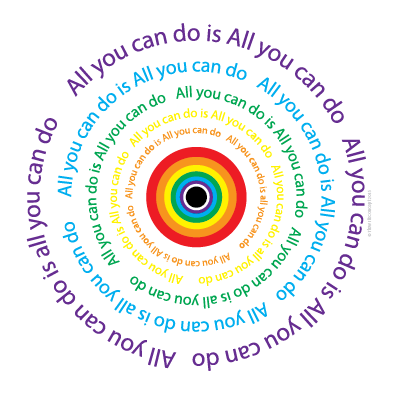“Coasting only happens when you are going downhill.”
—Mike Rayburn, one of the youngest inductees in the Speaker Hall of Fame

Photo from dimitri.co.uk
When was the last time you took a bike ride outdoors? Try to remember a specific ride with many hills. Close your eyes and visualize the effort and “burn” it took to climb the steepest and longest hills. Experience the relief of going over the crest, when you began coasting, allowing gravity to make your journey far easier.
EXERCISE:
Examine some of the current professional or personal hills you are on, or intend to climb. How will the pursuit of reaching the top make you even stronger for future challenges?
If you happen to notice that there are very few or no hills ahead, perhaps you are coasting, and headed downward. Make a point, once you have relaxed or recovered, to find the next hill worth climbing.









